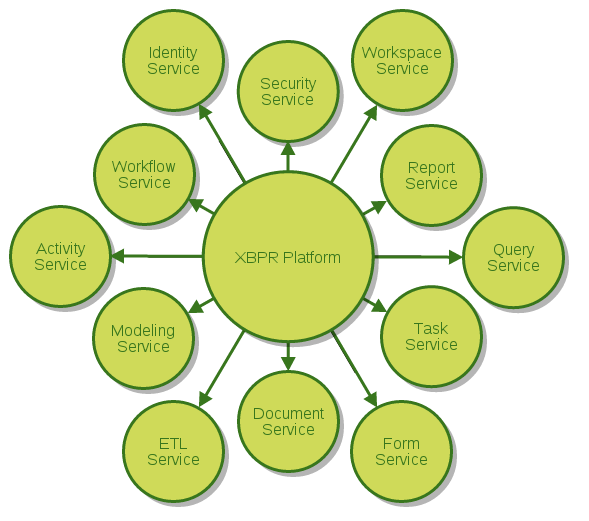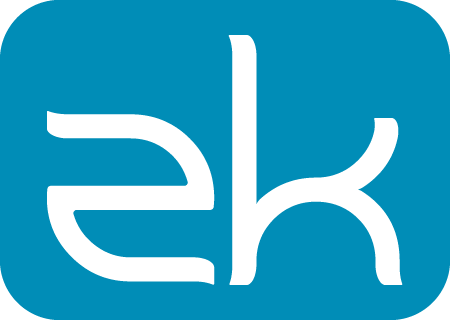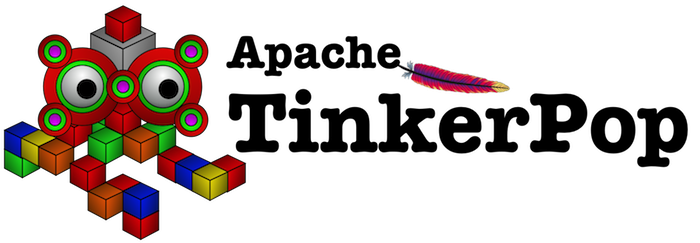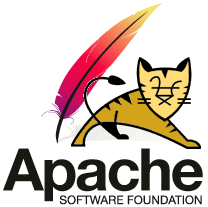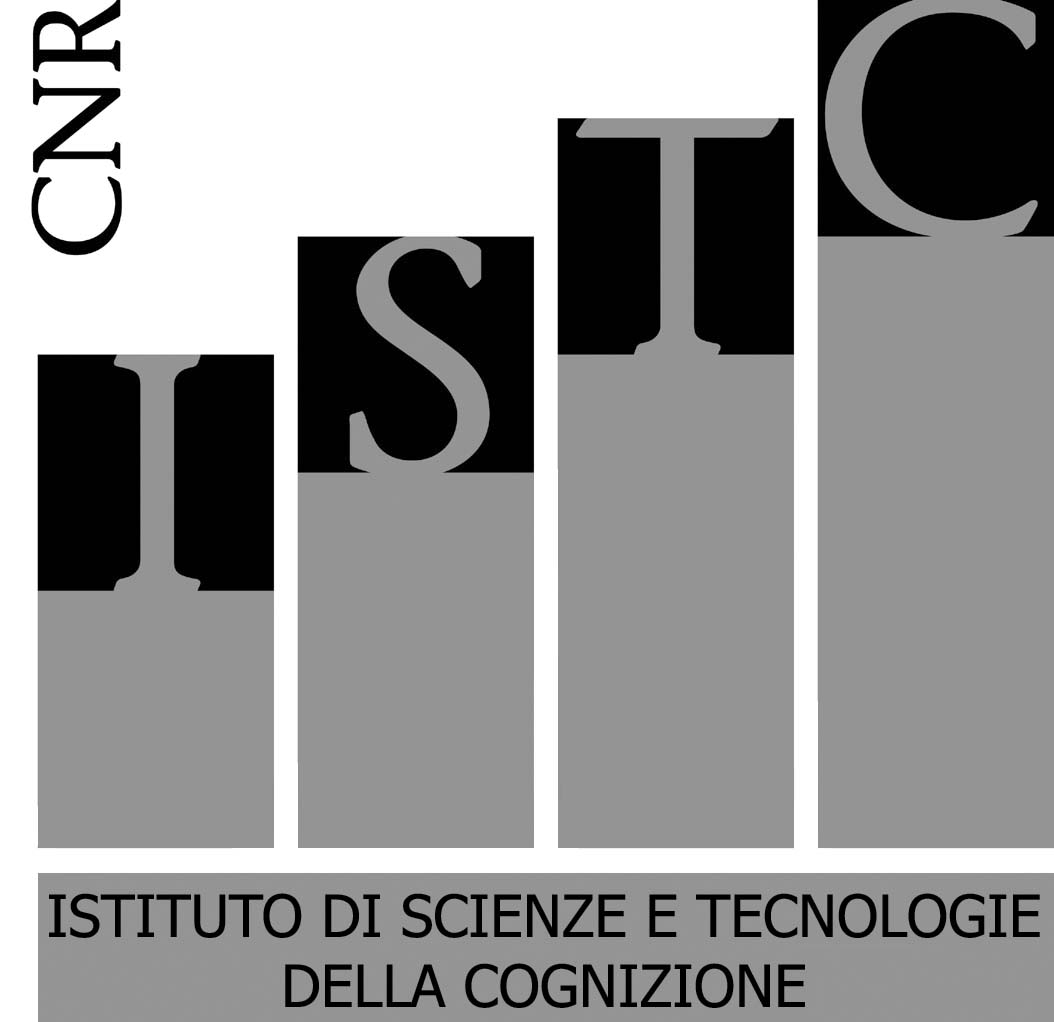Organizations databases created with third-party Business Process Analysis (BPA) tools can be imported into XBPR. Currently it is possible to import AML files (Aris Markup Language); other connectors can be developed on request.
The new cloud service is available
X-GDPR.
Contact us to be compliant with new privacy policy.

eXtensible Business Process Repository
Integrate your company strategy with the knowledge of business processes to increase its efficiency
